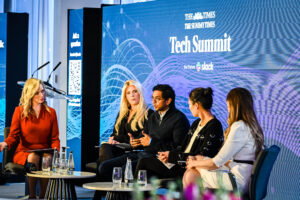After an era-defining COP26 summit, climate change and sustainable living have never been higher on consumers’ agenda.
But what exactly do consumers want, and how can marketers best position themselves to provide it?
At News UK’s Data Hub - which produces data strategy, data analytics, customer insight and data governance to inform media and marketing decisions - we surveyed 5,593 readers and listeners of our meda brands to find out.
To drive change, evoke the right motivations
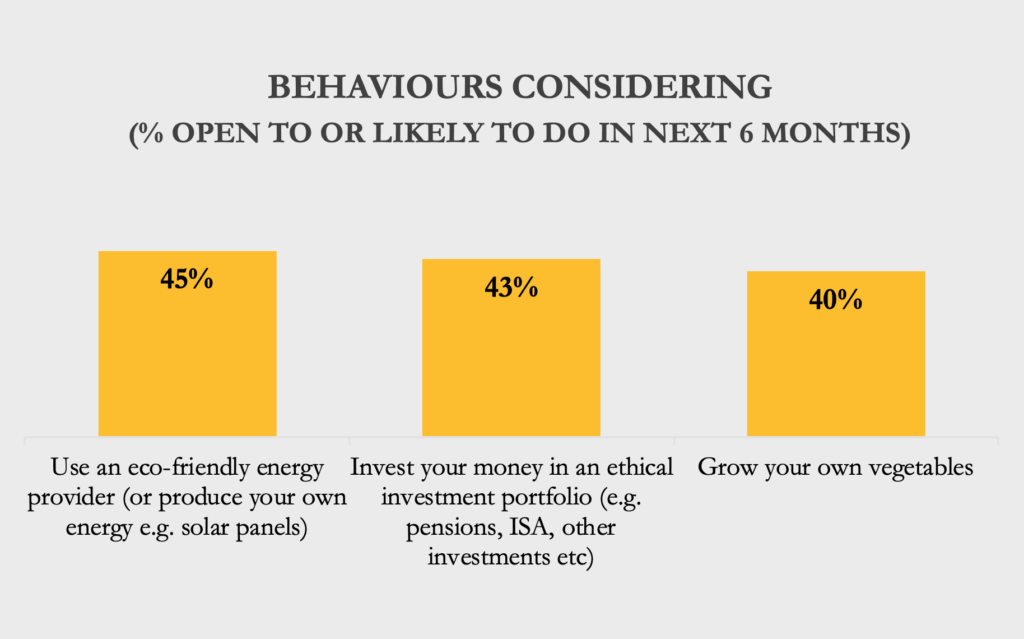
A sizable proportion of people are prepared to take ecology-supporting measures like using eco-friendly energy and investing in ethical portfolios. In fact, it is important to note that environmental concerns are the primary motivation for such moves.
For behaviours such as growing one’s own vegetables, however the motivations are a combination of health, environment and cost saving.
Knowing what ambitions lay behind behaviour change is key to making impact.
Consumers accept their responsibility
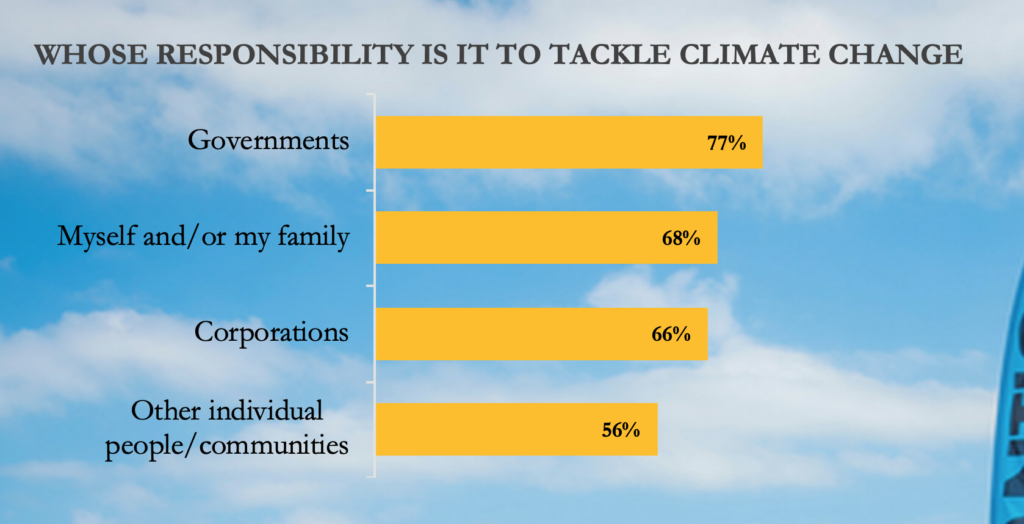
Saving the planet is a heavy responsibility to bear. Indeed, most consumers feel that governments shoulder most of that responsibility.
But the fact that respondents are about as likely to accept their own responsibility as to look to corporations suggests a strong willingness to actualise change themselves, as well as with brands.
Provide advice for action
Consumers are looking to communicators to help them take action.
- 49% of Times readers said they would like coverage of recycling and upcycling to be everyday tips and tricks
- 45% want advice
- 44% want the information to be realistic and serious
Communicators than enable consumers to make meaningful change in the face of seemingly insurmountable odds will earn buyers’ admiration.
Content depth should be audience-dependent
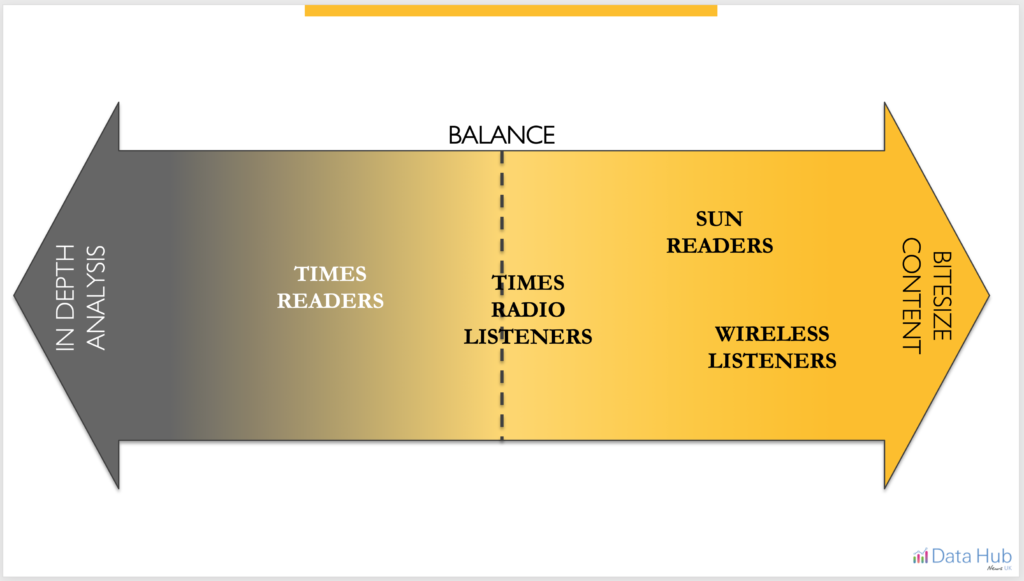
When it comes to communicating sustainability, the medium is the message.
In other words, the shape and depth of the material you provide should be informed by the particular characteristics of the channels in your media plan, and their audiences.
Which brands are winning eco credentials?
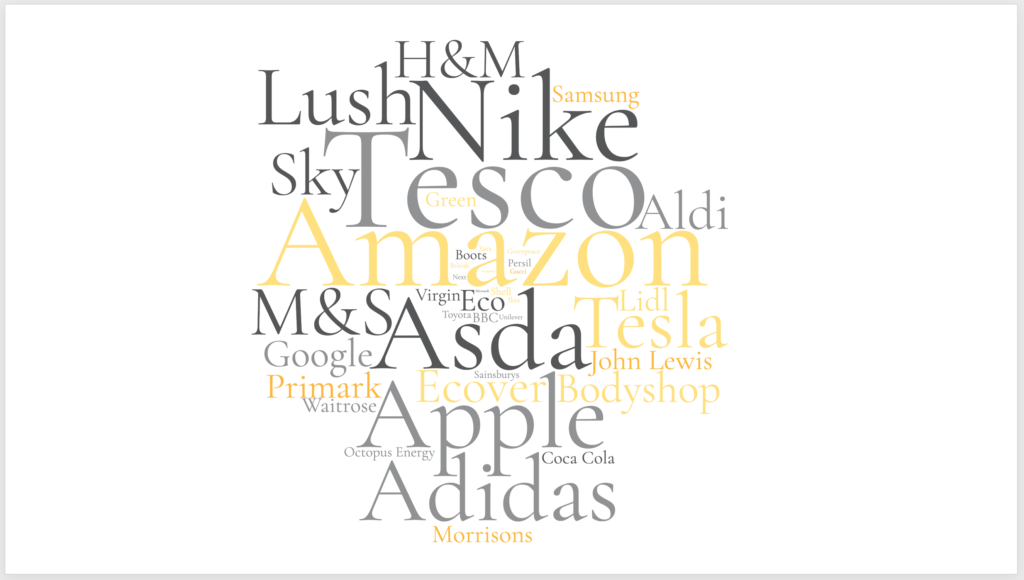
Preserving the planet should not be a race between brands. But our survey got interesting when we asked audiences: “Which, if any, brands do you think are doing a good job in raising awareness and behaving in a sustainable and environmentally friendly way?”
Shown in this word cloud, the response shows a clear distinction between better- and lesser-rated brands, even within the same category.
Consumers said the top five categories where green credentials can influence brand choice are: Food & drink, Household products, Vehicles (e.g. cars, bikes), Utilities and Travel.
Methodology
Stage 1: Explore
- Three-day online community with 22 respondents.
- Deep dive into the topic of sustainability, to understand not only what sustainability means for our audiences but also what language they are using and how they are describing the causes and content they care for.
Stage 2: Evaluate
- 20 Minute Online Survey, N=5,593.
- Nat Rep & Readers and Listeners of News UK brands (The Times, The Sun, Times Radio and Wireless Group).
- Quantify views about sustainability, topics of interest, how well brands perform and its influence on decisions.



 News UK
News UK 



